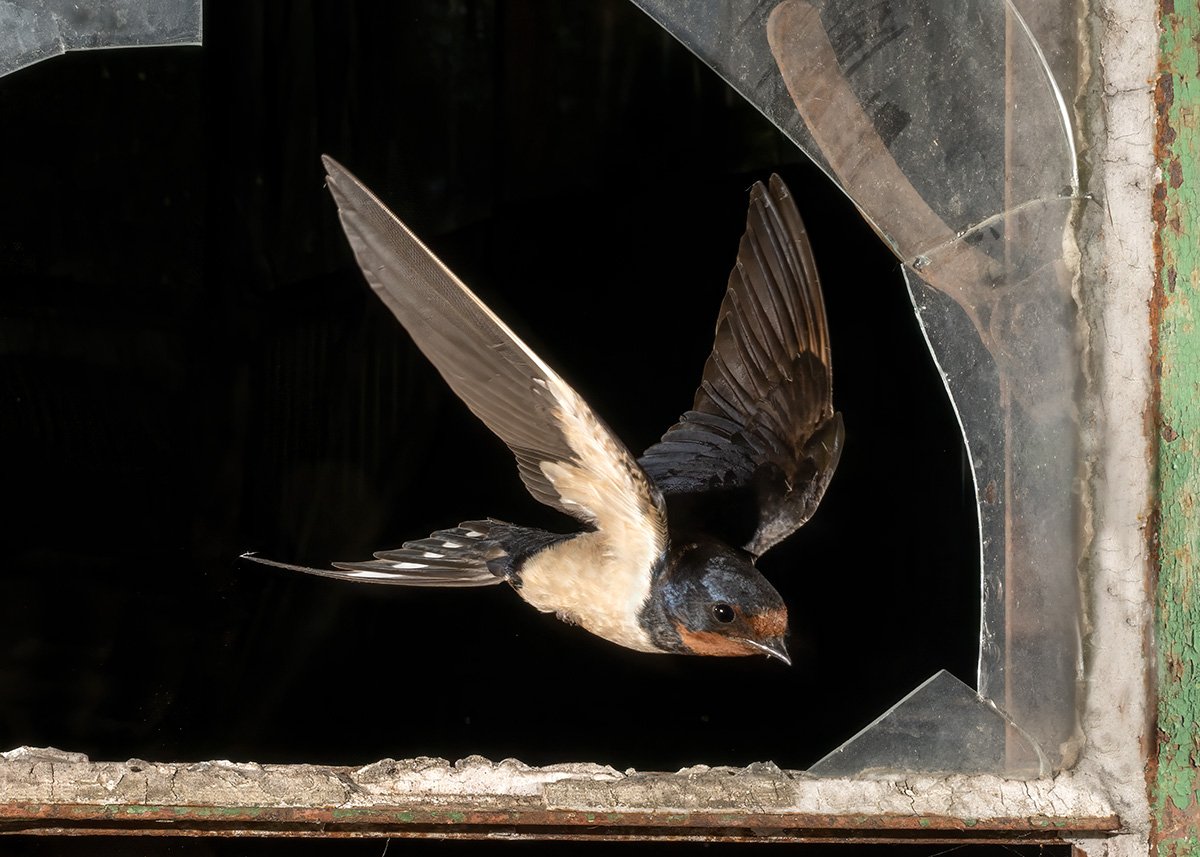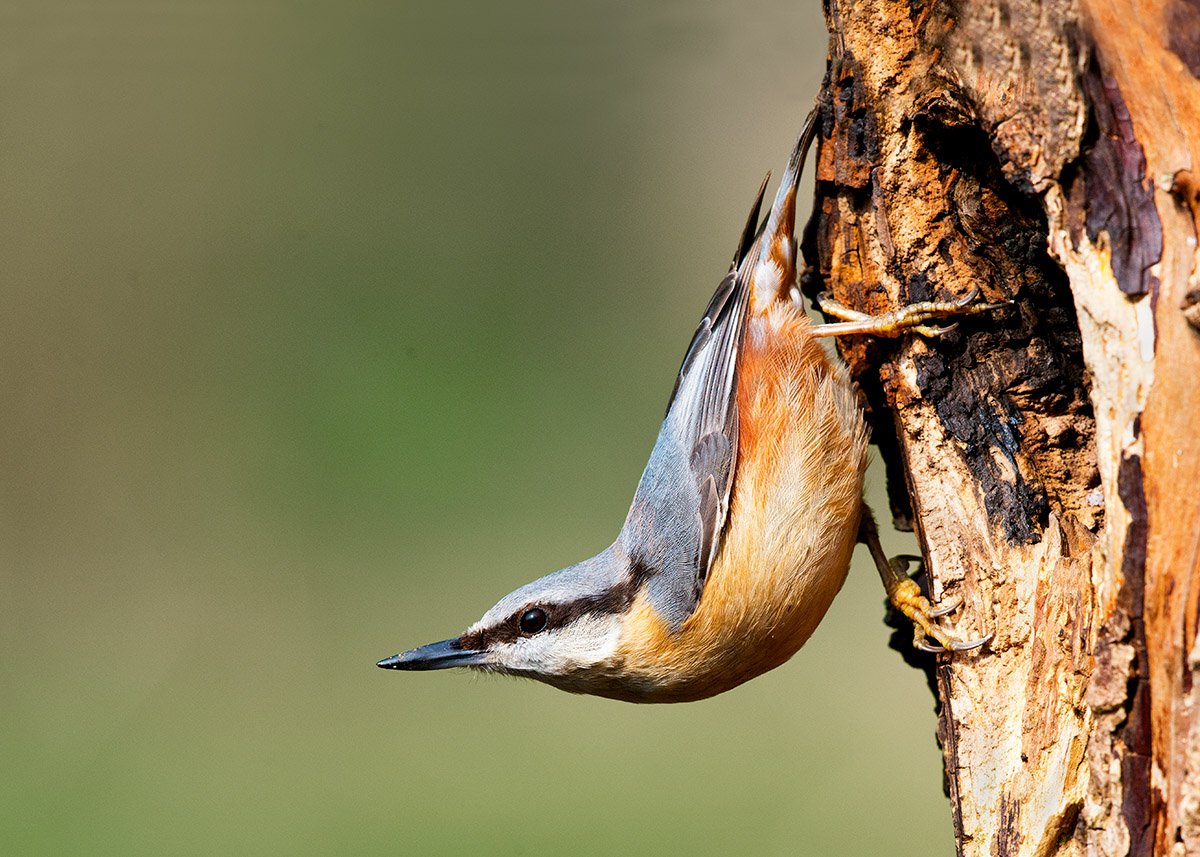 Image 1 of
Image 1 of


Goldfinch summer sunshine
The goldfinch, with its vibrant plumage and delightful song, is a beloved and iconic bird species. Here's an overview of this charming avian:
Appearance: The goldfinch is a small, colourful bird with striking plumage. It has a bright red face and crown, contrasting with a black and white head pattern. Its back is brown with black and white markings, while its wings display a combination of black, white, and yellow. The most distinctive feature is its wings, which show bright yellow patches, particularly noticeable during flight. Its tail is black and white, and its underparts are a soft buff colour.
Habitat: Goldfinches are adaptable birds found in a variety of habitats, including gardens, parks, woodland edges, and open countryside. They are often attracted to areas with thistle and teasel plants, as these provide a ready source of seeds, which form a significant part of their diet.
Behaviour: Goldfinches are social birds often seen in small flocks, especially during the non-breeding season. They are agile fliers and have a bouncy, undulating flight pattern. Their melodious song consists of a series of liquid, tinkling notes, which they often sing while perched on high branches or wires.
Diet: Goldfinches are primarily seed-eaters, with a particular fondness for the seeds of thistles, dandelions, and other plants. They have specialized bills that are adapted for extracting seeds from seed heads. In addition to seeds, they also consume insects and occasionally feed on fruits and berries.
Breeding: Goldfinches typically breed in late spring and summer, building cup-shaped nests in trees or shrubs. The female lays a clutch of eggs, usually numbering between four to six, which she incubates for around two weeks. Both parents share in the feeding and care of the young until they fledge.
Conservation: Goldfinches are widespread and common throughout their range, but they may face threats from habitat loss, particularly the loss of wildflower-rich meadows and hedgerows. Conservation efforts focus on habitat restoration and management, as well as providing supplemental food sources in gardens and urban areas.
Overall, the goldfinch's beauty, song, and lively behaviour make it a cherished visitor to gardens and countryside habitats, bringing joy to birdwatchers and nature enthusiasts alike.
The goldfinch, with its vibrant plumage and delightful song, is a beloved and iconic bird species. Here's an overview of this charming avian:
Appearance: The goldfinch is a small, colourful bird with striking plumage. It has a bright red face and crown, contrasting with a black and white head pattern. Its back is brown with black and white markings, while its wings display a combination of black, white, and yellow. The most distinctive feature is its wings, which show bright yellow patches, particularly noticeable during flight. Its tail is black and white, and its underparts are a soft buff colour.
Habitat: Goldfinches are adaptable birds found in a variety of habitats, including gardens, parks, woodland edges, and open countryside. They are often attracted to areas with thistle and teasel plants, as these provide a ready source of seeds, which form a significant part of their diet.
Behaviour: Goldfinches are social birds often seen in small flocks, especially during the non-breeding season. They are agile fliers and have a bouncy, undulating flight pattern. Their melodious song consists of a series of liquid, tinkling notes, which they often sing while perched on high branches or wires.
Diet: Goldfinches are primarily seed-eaters, with a particular fondness for the seeds of thistles, dandelions, and other plants. They have specialized bills that are adapted for extracting seeds from seed heads. In addition to seeds, they also consume insects and occasionally feed on fruits and berries.
Breeding: Goldfinches typically breed in late spring and summer, building cup-shaped nests in trees or shrubs. The female lays a clutch of eggs, usually numbering between four to six, which she incubates for around two weeks. Both parents share in the feeding and care of the young until they fledge.
Conservation: Goldfinches are widespread and common throughout their range, but they may face threats from habitat loss, particularly the loss of wildflower-rich meadows and hedgerows. Conservation efforts focus on habitat restoration and management, as well as providing supplemental food sources in gardens and urban areas.
Overall, the goldfinch's beauty, song, and lively behaviour make it a cherished visitor to gardens and countryside habitats, bringing joy to birdwatchers and nature enthusiasts alike.
The goldfinch, with its vibrant plumage and delightful song, is a beloved and iconic bird species. Here's an overview of this charming avian:
Appearance: The goldfinch is a small, colourful bird with striking plumage. It has a bright red face and crown, contrasting with a black and white head pattern. Its back is brown with black and white markings, while its wings display a combination of black, white, and yellow. The most distinctive feature is its wings, which show bright yellow patches, particularly noticeable during flight. Its tail is black and white, and its underparts are a soft buff colour.
Habitat: Goldfinches are adaptable birds found in a variety of habitats, including gardens, parks, woodland edges, and open countryside. They are often attracted to areas with thistle and teasel plants, as these provide a ready source of seeds, which form a significant part of their diet.
Behaviour: Goldfinches are social birds often seen in small flocks, especially during the non-breeding season. They are agile fliers and have a bouncy, undulating flight pattern. Their melodious song consists of a series of liquid, tinkling notes, which they often sing while perched on high branches or wires.
Diet: Goldfinches are primarily seed-eaters, with a particular fondness for the seeds of thistles, dandelions, and other plants. They have specialized bills that are adapted for extracting seeds from seed heads. In addition to seeds, they also consume insects and occasionally feed on fruits and berries.
Breeding: Goldfinches typically breed in late spring and summer, building cup-shaped nests in trees or shrubs. The female lays a clutch of eggs, usually numbering between four to six, which she incubates for around two weeks. Both parents share in the feeding and care of the young until they fledge.
Conservation: Goldfinches are widespread and common throughout their range, but they may face threats from habitat loss, particularly the loss of wildflower-rich meadows and hedgerows. Conservation efforts focus on habitat restoration and management, as well as providing supplemental food sources in gardens and urban areas.
Overall, the goldfinch's beauty, song, and lively behaviour make it a cherished visitor to gardens and countryside habitats, bringing joy to birdwatchers and nature enthusiasts alike.
Printed on Epson Premium glossy paper using Epson UltraChrome inks, your print is guaranteed to showcase incredible quality with rich, vibrant colors. Thanks to Epson's advanced ink technology, your print will retain its stunning appearance for years to come.
Each detail of your image will be brought to life with remarkable clarity and precision, capturing the essence of the scene as if you were there in person. Whether it's the vivid hues of a sunset or the intricate details of a landscape, every aspect will be rendered with breathtaking accuracy.
Standard UK shipping is included in the price, ensuring that your print arrives safely and promptly. For customers located in the UK Highlands and Islands or overseas, please feel free to contact me for a shipping quote tailored to your location.
Experience the beauty of your favorite scenes in stunning detail with a print that exceeds expectations, made possible by Epson UltraChrome inks and premium glossy paper.





